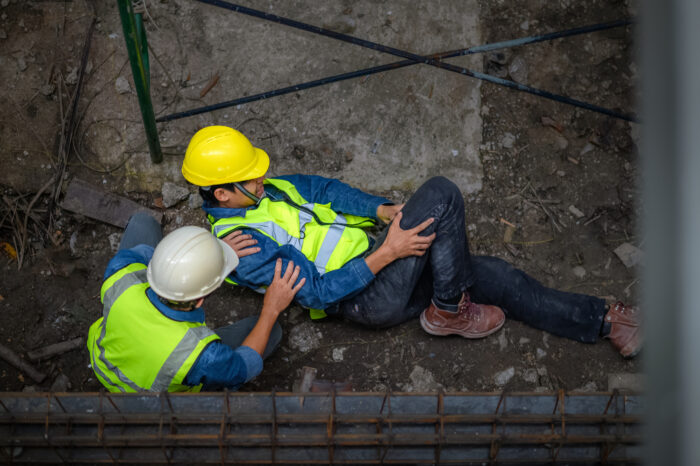New Data Sheds Light on Construction Worker Fatalities

Construction is one of the most hazardous industries in the United States: In 2022, its workers accounted for 19.9% of all on-the-job fatal injuries but only 7.5% of employment, according to a bulletin by The Center for Construction Research and Training (CPWR).
Citing data from the Bureau of Labor Statistics, the bulletin examines key trends in fatal occupational injuries and at-work deaths in the construction industry by major subsector, occupation, demographics, primary source, event/exposure, and cause of death.
Trends in Fatal Injuries in Construction
From 2011 to 2022, the construction industry suffered 11,700 fatal on-the-job injuries, an average of 978 deaths each year, according to the bulletin. During this period, the number of these tragic incidents rose by 39.8%, to 1,092 from 781, while the fatality rate increased 3.3% to reach 9.3 deaths per 100,000 full-time equivalent workers (FTEs).
Breaking it down by subsector, 60.8% of construction fatalities occurred among specialty trade contractors, 20.1% in heavy and civil engineering construction, and 19.1% in construction of buildings from 2011 to 2022, per the bulletin.
Certain construction and extraction occupations faced particularly high risks in 2022. Roofers had the highest fatal injury rate at 57.5 per 100,000 FTEs, followed by helpers at 38.5 and structural iron and steel workers at 21.3. While the roofer fatality rate jumped 22.3% from 2020 to 2022, rates declined for helpers and structural iron and steel workers.
The vast majority — 99% — of construction workers who suffered fatal injuries in 2022 were male. By age, most fatalities occurred among workers 35 to 54 years old, but the fatality rate was highest for those 55 and older at 13.6 deaths per 100,000 FTEs, according to CPWR. This was 1.6 times the rate of fatalities for the 35-54 age group and 1.8 times that for workers aged 16 to 34.
Hispanic construction workers have faced a growing and disproportionate fatality burden, the bulletin noted. Between 2011 and 2022, fatal injuries among Hispanic workers surged by 107%, and their fatality rate in 2022 was 1.2 times higher than for non-Hispanic workers. Hispanics accounted for 37.4% of construction fatalities in 2022 despite comprising a smaller share of the workforce.
Leading Causes of Fatal Injuries
Falls are a leading cause of fatal injuries in the construction industry, accounting for 40% of fatalities in 2022. The most common type of fatal fall was from, out of, or through a building or structure. Bulletin data shows that roofers faced the highest risk of falls.
Transportation incidents are the second most common fatal event in construction, with roadway incidents involving motorized land vehicles responsible for 13.9% of fatalities. Notably, while transportation incidents rank second in construction, they are the leading cause of fatal injuries across all industries combined, according to the bulletin.
Geographic Trends and Overdose Deaths
Cities with higher than average densities of construction fatalities align with the states suffering the most worker deaths in this industry. The bulletin found that San Diego, Los Angeles, Dallas, Austin, Miami, Tampa, and New York City had greater concentrations of construction worker fatalities compared to the national average.
Tragically, accidental poisoning by exposure to narcotics and hallucinogens was the 5th leading detailed cause of death among construction workers from 2011-2022. For younger workers aged 16-34, overdoses were the 3rd most common cause of death on the job, per the bulletin.
Access the full bulletin from the CPWR here. &










